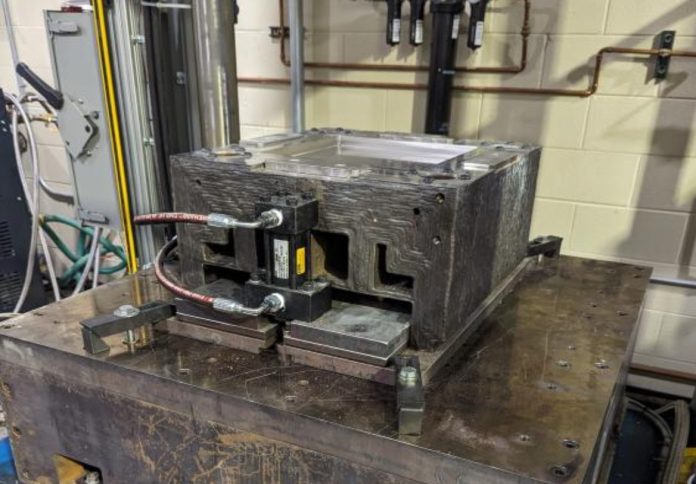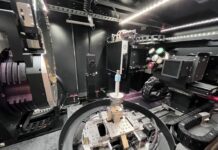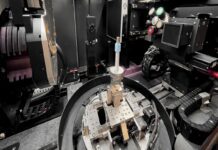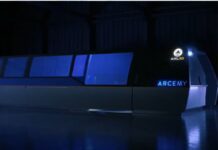
Researchers at the Department of Energy’s Oak Ridge National Laboratory (ORNL) have demonstrated that 3D-printed metal moulds could offer a faster, more cost-effective, and flexible solution for producing large composite components in the automotive industry, potentially accelerating the adoption of lightweight materials in mass-produced vehicles.
The findings, developed at ORNL’s Manufacturing Demonstration Facility (MDF), show that large-scale additive manufacturing can be applied effectively to the creation of complex metal moulds, which are essential for forming advanced composite structures.
“This kind of technology can help reindustrialise the US and boost its competitiveness by creating smarter, faster ways to build essential tools,” said Andrzej Nycz, lead researcher with ORNL’s Manufacturing Robotics and Controls group. “It brings us closer to an automated, intelligent production process.”
Conventional metal tooling is typically machined from solid forged steel blocks, a process that can take several months and waste up to 98 per cent of the original material. In contrast, ORNL’s method uses additive manufacturing to deposit stainless steel layer by layer using gas metal arc welding (GMAW) with ER410 wire, reducing waste to around 10 per cent.
The approach also allows for the integration of complex internal features, such as conformal heating channels, which are difficult to produce with traditional subtractive methods.
To validate the technique, researchers partnered with Collaborative Composites Solutions, the operator of IACMI – The Composites Institute, and Lincoln Electric Additive Solutions to fabricate a large battery enclosure mould.
The mould, produced using GMAW and a specialised toolpath strategy to optimise strength and weight, was installed on a 150-ton hydraulic press at the University of Tennessee, Knoxville’s Fibres and Composites Manufacturing Facility.
Testing confirmed that the lightweighted mould met structural performance requirements, supporting the feasibility of using additive manufacturing for high-performance production tooling in automotive applications.
The project received funding from the DOE’s Advanced Materials and Manufacturing Technologies Office (AMMTO).
Additional contributors included John Unser of Composite Applications Group, Peter Wang of ORNL, and Jason Flamm and Jonathan Paul of Lincoln Electric Additive Solutions.
The MDF, backed by AMMTO, is a national collaborative platform hosted at ORNL that supports innovation in US manufacturing.
ORNL is managed by UT-Battelle for the DOE’s Office of Science, the largest federal supporter of basic research in the physical sciences.




















